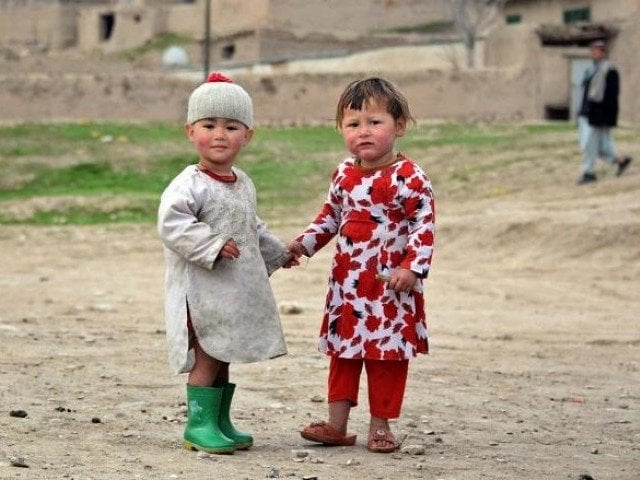
Dialectology in Yemen
Yemen, a country steeped in history and cultural richness, presents a fascinating case study in dialectology. The varieties of Yemeni Arabic, reflecting the diverse linguistic and cultural tapestry of the region, offer a unique glimpse into the interplay between language, identity, and geography. This post delves into the dialectal landscape of Yemeni Arabic, exploring its major varieties, their historical roots, and the socio-cultural factors that shape them.
The Linguistic Landscape of Yemen
Yemen’s linguistic diversity is a result of its complex history, geographic features, and social structure. Arabic, the dominant language, exhibits significant regional variation within the country. These variations can be broadly categorized into three primary dialect groups: Yemeni Arabic, Hadhrami Arabic, and Ta’izzi-Adeni Arabic. Each of these groups is further subdivided into local dialects, which reflect the intricate patterns of Yemen’s social and geographic divisions.
Yemeni Arabic
Yemeni Arabic, spoken primarily in the western highlands of Yemen, is characterized by its distinct phonological and lexical features. This group includes several dialects, such as:
- San’ani Arabic: Predominantly spoken in the capital city of Sana’a, San’ani Arabic is noted for its preservation of classical Arabic features. Its phonology includes unique pronunciations that set it apart from other dialects. For example, the classical Arabic emphatic sounds are preserved in San’ani Arabic, which is a notable feature among Yemeni dialects.
- Jibali Arabic: Found in the mountainous regions of northern Yemen, Jibali Arabic exhibits influences from ancient South Arabian languages. Its lexical items often differ significantly from those in other Yemeni Arabic dialects, reflecting historical interactions with various ethnic groups.
- Ta’izzi Arabic: Spoken in the city of Ta’iz and its surrounding areas, Ta’izzi Arabic blends features from both Yemeni Arabic and neighboring dialects. It is known for its rich vocabulary and the use of idiomatic expressions unique to the region.
Hadhrami Arabic
Hadhrami Arabic is spoken in the eastern region of Yemen, particularly in the Hadhramaut Governorate. This variety of Arabic has been shaped by historical trade and migration patterns, which introduced influences from Southeast Asia and the Indian subcontinent. Key dialects include:
- Hadhrami Dialect: This dialect is spoken in the cities of Mukalla and Seiyun. It features phonological differences from Yemeni Arabic, such as the pronunciation of the classical Arabic “qaf” sound, which is often pronounced as a glottal stop in Hadhrami Arabic.
- Socotra Arabic: Found on the island of Socotra, this dialect exhibits influences from both Yemeni Arabic and the local Soqotri language, a member of the Modern South Arabian language family. Socotra Arabic has unique phonological and lexical characteristics that reflect its island setting.
Ta’izzi-Adeni Arabic
Ta’izzi-Adeni Arabic is spoken in the southwestern coastal areas, including the cities of Aden and Ta’iz. This dialect group is influenced by historical trade and cultural exchanges with neighboring regions. Notable dialects include:
- Adeni Arabic: Spoken in the city of Aden, this dialect is influenced by contact with various cultures and languages due to Aden’s historical role as a major port city. Adeni Arabic features vocabulary and pronunciation that reflect its cosmopolitan history.
- Ta’izzi-Adeni Arabic: As a transitional dialect, Ta’izzi-Adeni Arabic exhibits features of both Ta’izzi and Adeni Arabic. It serves as a bridge between the highland and coastal dialects, incorporating elements from both regions.
Historical and Socio-Cultural Influences
The diversity of Yemeni Arabic dialects is not merely a product of geographical isolation but also of historical and socio-cultural influences. Yemen’s strategic location at the crossroads of major trade routes facilitated interactions with various cultures and languages. Historical factors such as the spread of Islam, trade with the Indian Ocean region, and colonial influences have all contributed to the rich tapestry of Yemeni Arabic dialects.
For instance, the Hadhrami dialect’s interaction with Southeast Asian traders led to the incorporation of loanwords from languages such as Malay and Indonesian. Similarly, the presence of Ottoman Turks and the British in Yemen introduced elements that have shaped the vocabulary and pronunciation of Yemeni Arabic.

Dialectal Variation and Identity
Dialectal variation in Yemen is deeply intertwined with issues of identity and social status. Language serves as a marker of regional and tribal identity, with dialects often being associated with specific geographic areas and social groups. For example, the use of San’ani Arabic can signal one’s affiliation with the capital city, while Hadhrami Arabic is associated with the eastern region.
In addition to regional identity, dialects also play a role in social stratification. Certain dialects may be perceived as more prestigious or more “authentic” than others, influencing social interactions and perceptions of status. The richness of Yemeni Arabic dialects reflects the complex social and cultural dynamics of the country.
The Future of Yemeni Arabic Dialects
As Yemen continues to face challenges such as conflict and economic hardship, the future of its linguistic landscape remains uncertain. The preservation of dialectal diversity is crucial for maintaining Yemen’s cultural heritage. Efforts to document and study these dialects are essential for ensuring that future generations can appreciate and understand Yemen’s linguistic richness.
Furthermore, the increasing use of Modern Standard Arabic in education and media may impact the use of regional dialects. While Modern Standard Arabic serves as a unifying language, it is important to balance this with the preservation and promotion of local dialects. Feel free to visit their page to learn what language is spoken in Yemen.
Conclusion
The dialectology of Yemen reveals a rich and varied linguistic landscape, shaped by historical, geographical, and socio-cultural factors. From the highland varieties of Yemeni Arabic to the coastal influences of Ta’izzi-Adeni Arabic and the unique features of Hadhrami Arabic, Yemen’s dialects offer a window into the country’s diverse cultural heritage. Understanding these dialects not only enhances our knowledge of Yemeni Arabic but also highlights the importance of preserving linguistic diversity as a vital component of cultural identity.




